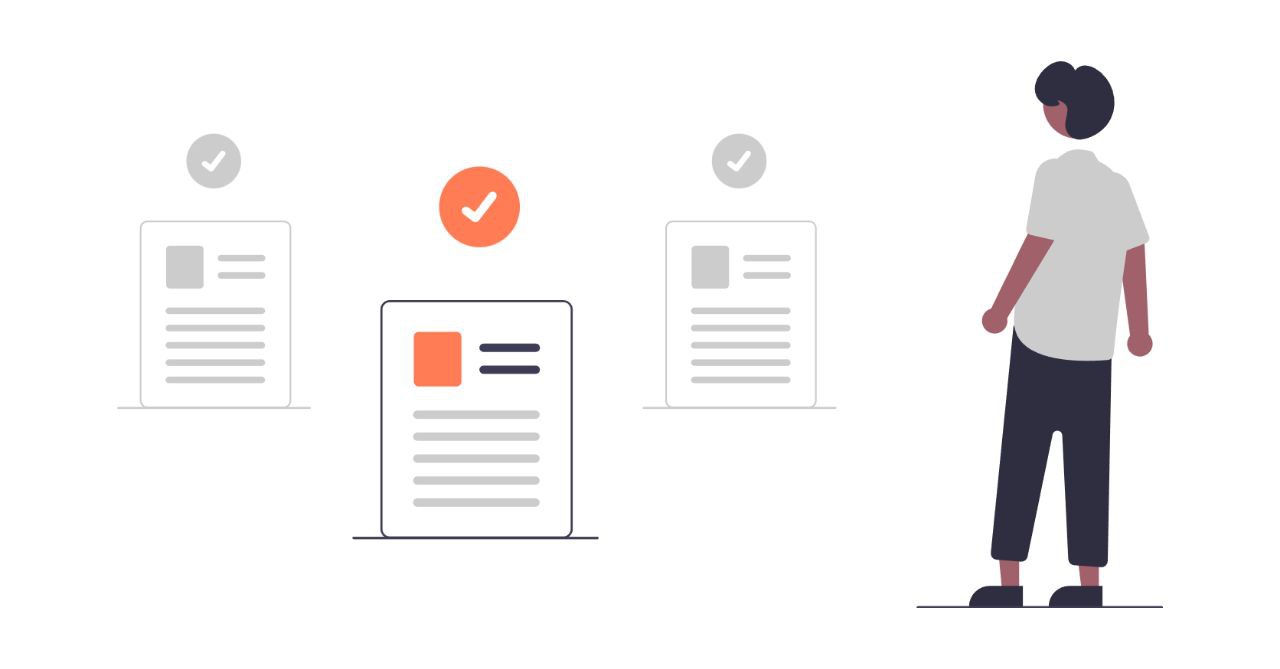Mastering IELTS Task 1: Achieving Band 7+ in Data Interpretation
The IELTS Academic Writing test consists of two tasks. Task 1 requires you to summarize data presented in graphical or tabular format, while Task 2 involves writing an essay. While Task 2 often receives more attention, mastering Task 1 is crucial for achieving a high overall band score. This post will equip you with the skills and strategies to confidently tackle Task 1 and achieve a Band 7+.
Understanding the Task 1 Requirements
IELTS Task 1 assesses your ability to identify key features, compare and contrast data, and present information clearly and concisely. You're not expected to provide your opinion or interpretation beyond the factual data presented. The key is accurate summarization and effective communication.
- Accuracy: Ensure your summary accurately reflects the data provided. Avoid misinterpretations or omissions.
- Clarity: Use clear and concise language. Avoid complex sentence structures that could obscure your meaning.
- Organization: Structure your response logically, following a clear progression of information.
- Range and Accuracy of Vocabulary: Use a variety of appropriate vocabulary related to data description and comparison.
- Grammatical Range and Accuracy: Use a range of grammatical structures accurately and appropriately.
Common Data Types in IELTS Task 1
IELTS Task 1 typically presents data in one of the following formats:
- Line graphs: Show trends and changes over time.
- Bar charts: Compare data across different categories.
- Pie charts: Show proportions or percentages of a whole.
- Tables: Present data in a structured format.
- Combination charts: Combine two or more chart types.
Strategies for Analyzing and Summarizing Data
Here's a step-by-step approach to tackling IELTS Task 1:
1. Understand the Data
Before writing, spend a few minutes carefully analyzing the data. Identify:
- The main trends and patterns.
- The key features of the data (highest/lowest values, significant changes, similarities/differences).
- The units of measurement.
2. Plan Your Response
Create a brief outline to organize your thoughts. This will help you write a coherent and well-structured response. A typical structure includes:
- Introduction: Briefly paraphrase the question and state the main features of the data.
- Overview: Summarize the overall trends or comparisons.
- Body Paragraphs: Provide detailed information supporting the overview. Focus on the most significant aspects of the data.
3. Write Your Response
Use clear and concise language. Focus on accurately reflecting the data. Avoid subjective opinions or interpretations. Use a variety of grammatical structures and vocabulary to demonstrate your language skills. Remember to maintain a formal tone.
4. Review and Edit
After writing, proofread carefully for grammatical errors, spelling mistakes, and clarity. Ensure your response is accurately summarizing the data and that the information flows logically.
Vocabulary for IELTS Task 1
Enriching your vocabulary is crucial for achieving a high score. Here are some useful words and phrases:
- Trends: increased steadily, fluctuated, peaked at, reached a plateau, declined sharply, remained stable, showed a gradual increase.
- Comparisons: significantly higher than, slightly lower than, approximately equal to, in contrast to, whereas, while.
- Quantifiers: a considerable amount, a small number, a significant proportion, a majority of, a minority of.
Example Task 1 Response
(Insert example of a well-structured response to a sample Task 1 question. This should include a line graph, bar chart, or table, and a detailed response demonstrating the strategies outlined above.)
How USpeak Can Help
USpeak's daily vocabulary and grammar challenges will significantly boost your vocabulary and grammatical accuracy, crucial for a high score in IELTS Task 1. Our IELTS-specific speaking topics and prep content can also help you build fluency and confidence in expressing your ideas clearly and concisely. Practicing with our real-time matchmaking system allows you to discuss data interpretation strategies and receive feedback from other English learners, simulating the IELTS test environment. Additionally, referencing our blog posts like "[Unlocking IELTS Writing Band 9: Mastering Cohesion and Coherence](https://uspeak.io/Show/blog_detail/unlocking-ielts-writing-band-9-mastering-cohesion-and-coherence)" will give you additional tips on writing structure and coherence, which are essential for achieving a high band score.
Conclusion and Next Steps
Mastering IELTS Task 1 requires consistent practice and a strategic approach. By understanding the requirements, practicing with various data types, and expanding your vocabulary, you can significantly improve your performance. Utilize USpeak's features to enhance your vocabulary, grammar, and fluency. Remember to review and edit your responses to ensure accuracy and clarity. With dedicated effort and the right resources, you can achieve your desired band score. Download USpeak today and start your journey to IELTS success!


